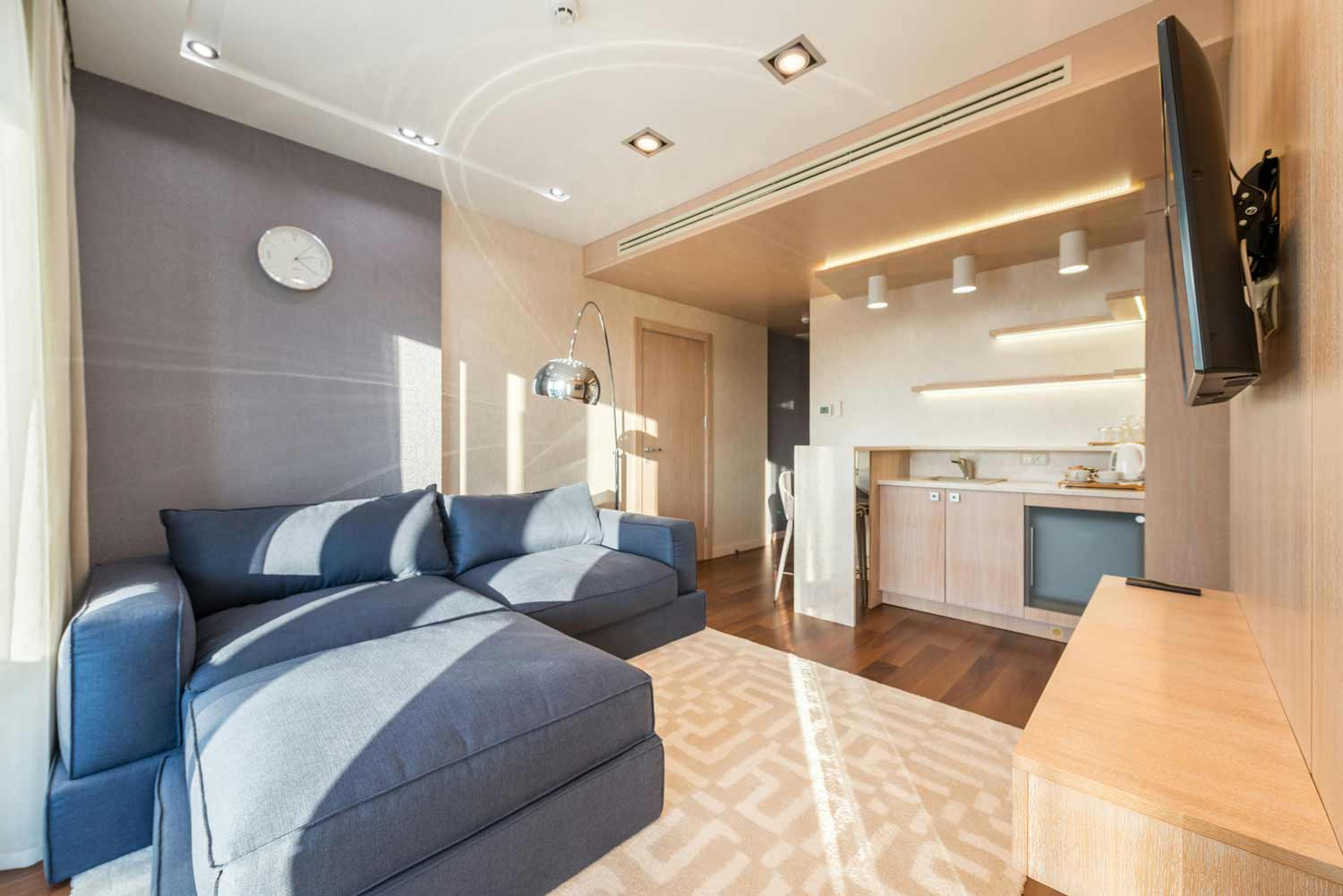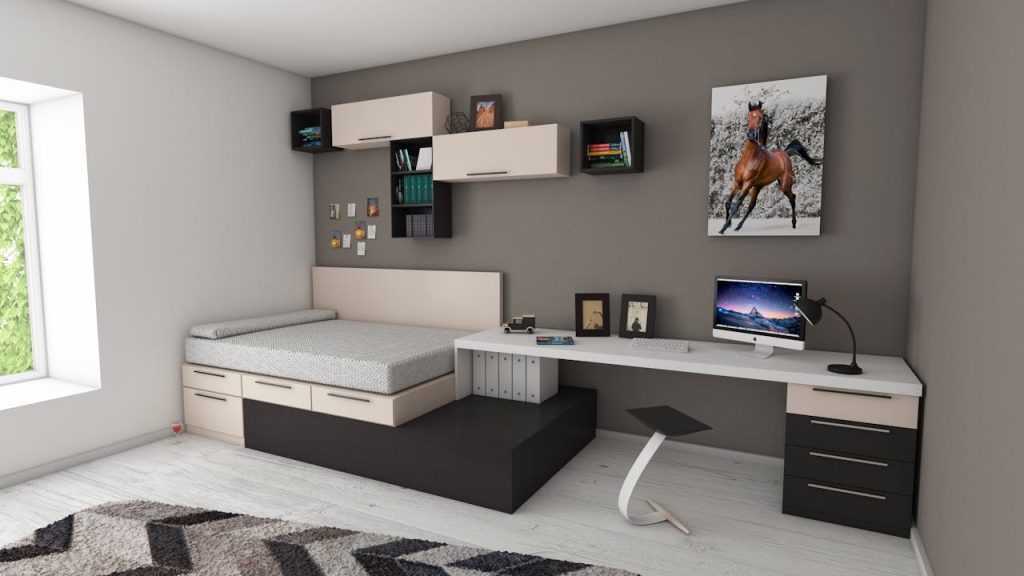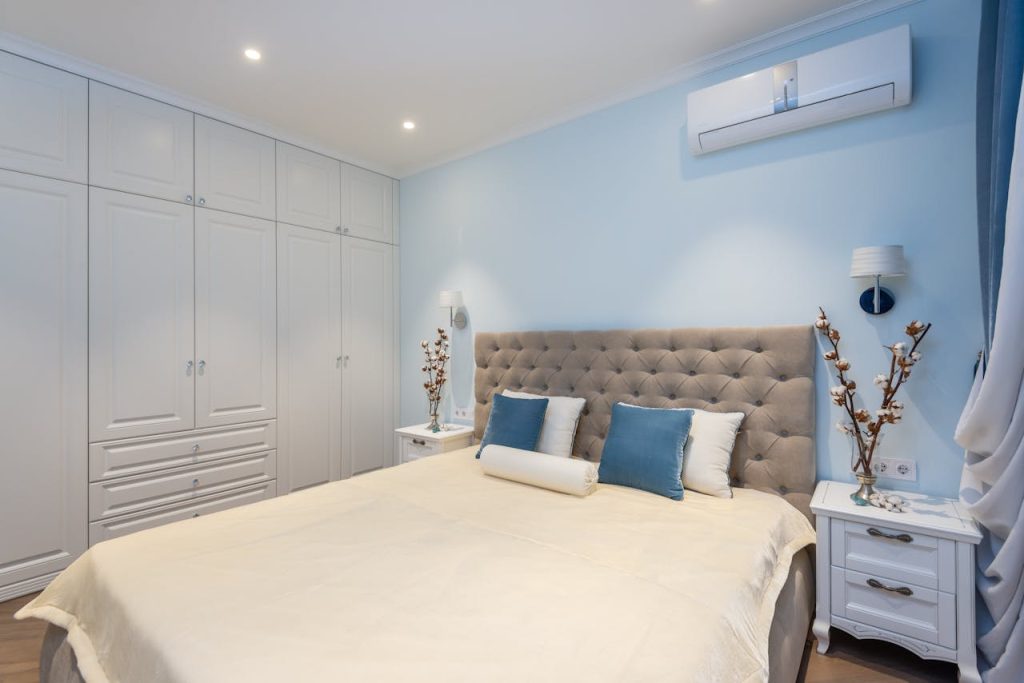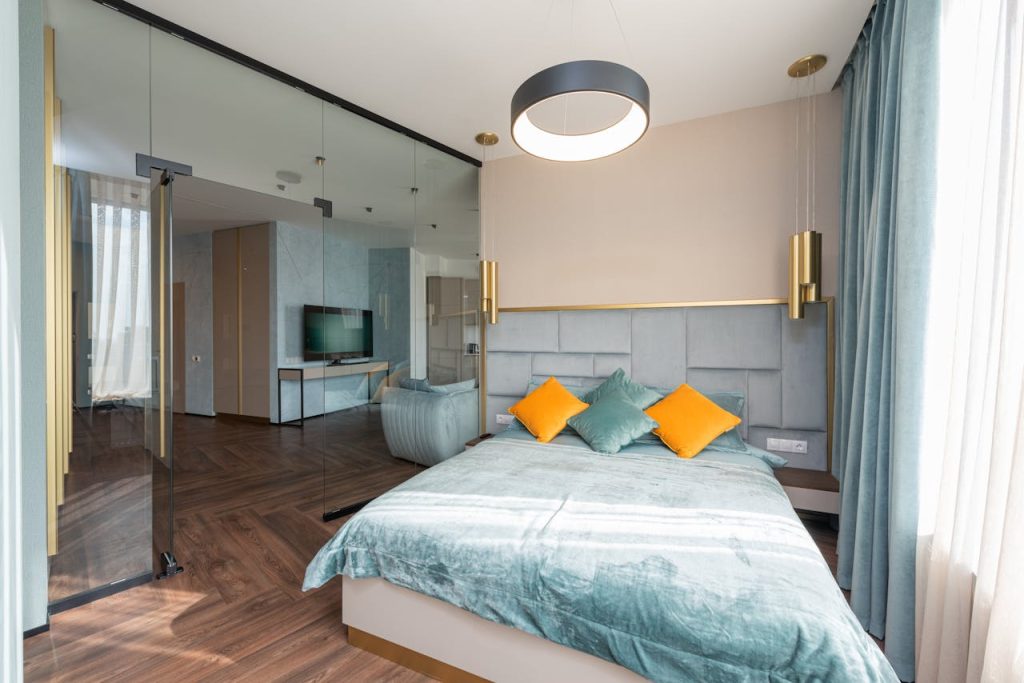One of the challenges for modern houses is space. As the price of home ownership rises, this leads to shrinking home footprints, especially in cities with high real estate value. If you’re a homeowner or planning to buy a home in the future, there’s one crucial thing you need to know: designing a home that can change and adapt as your life does, and one that can transform despite having limited space.
Our living situation is constantly shifting. Maybe you’re a young couple starting out, or you have kids on the way, or you’re even preparing for those golden retirement years. Regardless of your life phase, a home that can roll with your life changes is critical to living comfortably for the long haul.
So, what exactly does “adaptable home” mean? It’s a home designed to be flexible and multifunctional as your needs evolve. There is no need for costly renovation or moving every few years. With some smart design from the word go, your humble home can keep serving you through all of life’s big transitions.
5 Design Ideas to Create an Adaptable Home
In addition to designing shared spaces, you can now design an adaptable home for all life stage transitions. Here are five designs to create an adaptable home.
Adapt Open Space
One of the biggest tricks for creating an adaptable home is embracing an open floor plan. For example, that open living or dining area could start as the perfect entertainment area for hosting all your party friends. Then, some years later, section off some part of it with a folding screen or a curtain. You’ll have a little nook for a nursery when the baby arrives. Or repurpose this area as a makeshift home gym or office as your lifestyle needs change.
Don’t forget that even kitchens are adopting the open concept these days. Your kitchen can flow into your living area, perfect for when your grandkids are running around, and you need to keep an eye on them.
Invest in Flexible Home Climate Control
Regarding adaptability, one area many homeowners overlook when designing flexible spaces is climate control. Traditional ducted HVAC systems can be a real modification hustle down the road. But ductless mini split systems offer a brilliant option for cooling and heating those flex spaces.
Mini-splits allow you to easily install compact indoor air handlers in virtually any room, all connected to a single outdoor condenser unit. As your floor plan evolves, you can add or remove individual units to provide focused temperature control exactly where you need it. No invasive ductwork renovations are required.
Plus, the mini-split system’s cost is worth what it offers—incredible energy, efficiency, and smart controls, making it ideal for customizing every room’s comfort level. This makes it a must-consider for designing the ultimate adaptable, future-proof home.
Use the Flex Room Solution
Private rooms, like bedrooms, also have their place in an adaptable home. Rather than locking each one into strictly being a bedroom, you can create some “flex rooms” with built-in versatility.
Let’s say you build or buy a 3-bedroom home when it’s just you and your partner. You can design one of these rooms as a flex room that can pivot roles quickly. It may start as a home office or hobby room. But years later, when the kids enter the picture, you convert the place into a nursery or kids’ room with a few updates or tunings.
The beauty of flex rooms is that they can evolve with your lifestyle. You can convert the nursery for your kids to a bedroom, later becoming a hangout for teenagers or an office when they move out.
The key is considering how those private spaces may need to shift functionality over the years. With a flex room approach, your home stays custom-fit to your evolving lifestyle.
Integrate Movable Walls
Movable walls are one of the most excellent adaptable designs that’ll blow your mind. Mark the difference between those room dividers you move around and movable walls.
The latter is a full-fledged, easy-to-reposition wall system allowing you to resize and reconfigure your home interiors quickly.
Imagine combining two small bedrooms into one bigger main suite with just a push of a wall or creating a separate, self-contained in-law suite by sliding some walls into place. You can temporarily open up a kitchen to the living room for one ample party-friendly space.
The possibilities of using movable walls are endless. Their system often runs on tracks in the ceiling or floors and can include upgraded doors, windows, and storage cabinetry. That’s a total game changer for adapting your home spaces quickly and easily. Well, this level of adaptability adds some complexities and costs upfront. But if you’re a homeowner who never wants to outgrow your living space, movable walls might be a worthy investment.
Build for Life Stage Transitions
One of the biggest keys to designing an adaptable home is thinking ahead about how your lifestyle and housing needs will likely shift over the years. While you cannot predict every twist and turn, you can anticipate some significant transition stages most people go through.
For instance, priorities like workspaces, entertainment areas, and personal pursuits may take precedence when you’re younger. But then family life kicks in, and you need spaces for kids and family time. Mobility and accessibility become more of a concern as you age. Finally, as retirees, you may want cozier, low-maintenance living with space for hobbies and interests.
Don’t Compromise on Comfort and Function
The ultimate goal of adaptable design is to create living spaces that can serve you amazingly well for decades without compromising your comfort, style, or functionality needs. This will require diligent upfront planning and likely a few added construction costs.
But when you compare it to having to uproot your life and move homes every time your living situation changes, does it make sense to build that adaptability from day one? With the right strategies in place, your home interiors can be a living, breathing entity that grows and evolves in perfect sync with your own life’s journey.
In conclusion, there you have it: design to create an adaptable home. An adaptable home is one that’s been designed from the ground up to transition smoothly through each life stage without needing to pick up and move every 5–10 years. With a bit of open-minded thinking and commitment to creating an adaptable home, your living spaces can organically shift roles along with evolving needs and lifestyle rhythms.
So embrace simplified open concepts, movable walls, flex rooms, and forward-planning that whole “aging in place” thing from day one. Build it right from day one, and your place will always feel perfect and cozy, rolling with the life punches of a forever and futuristic kind of home.
The text was provided by the company and reviewed by the PA Editorial Team.























Leave a comment